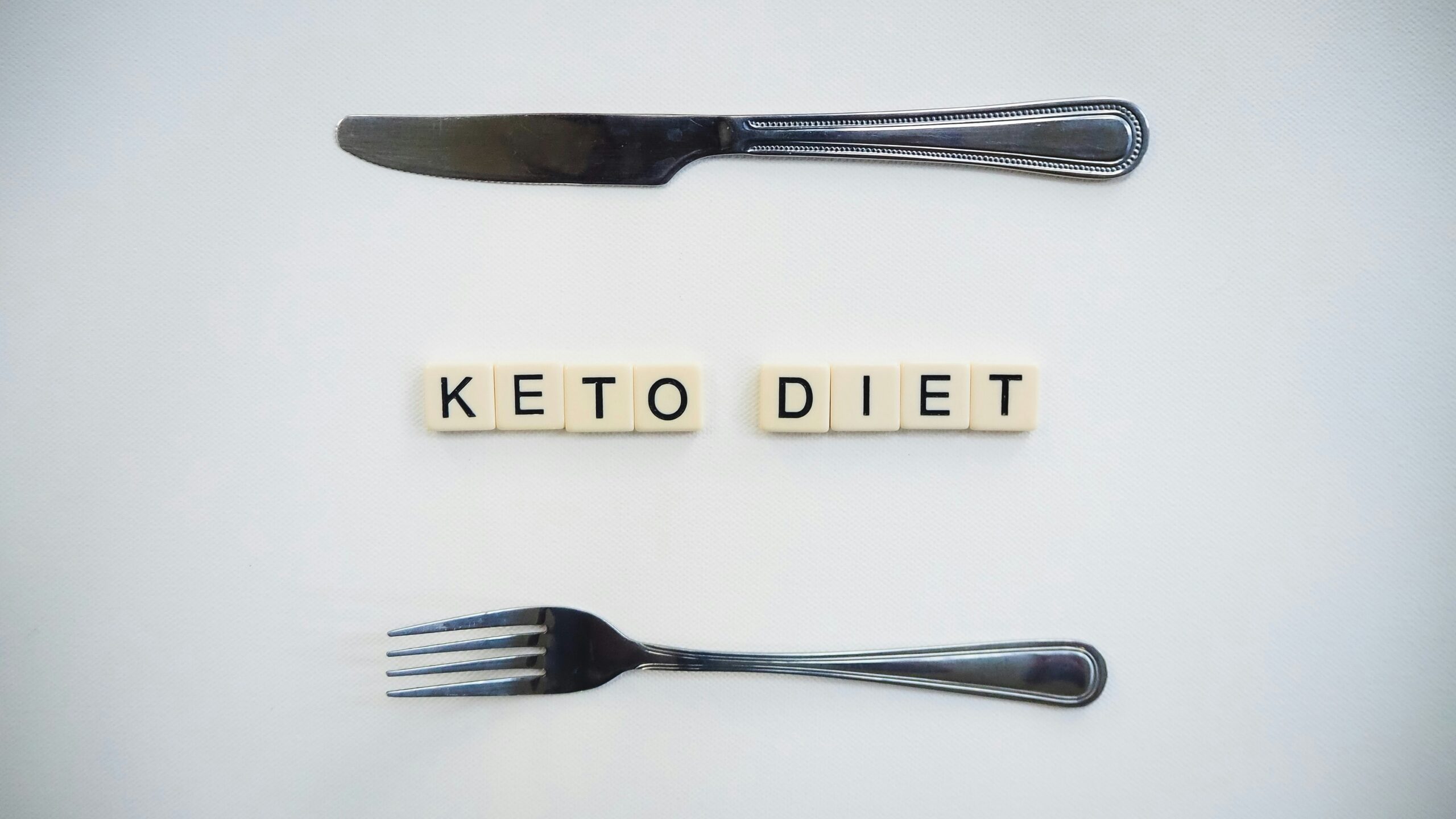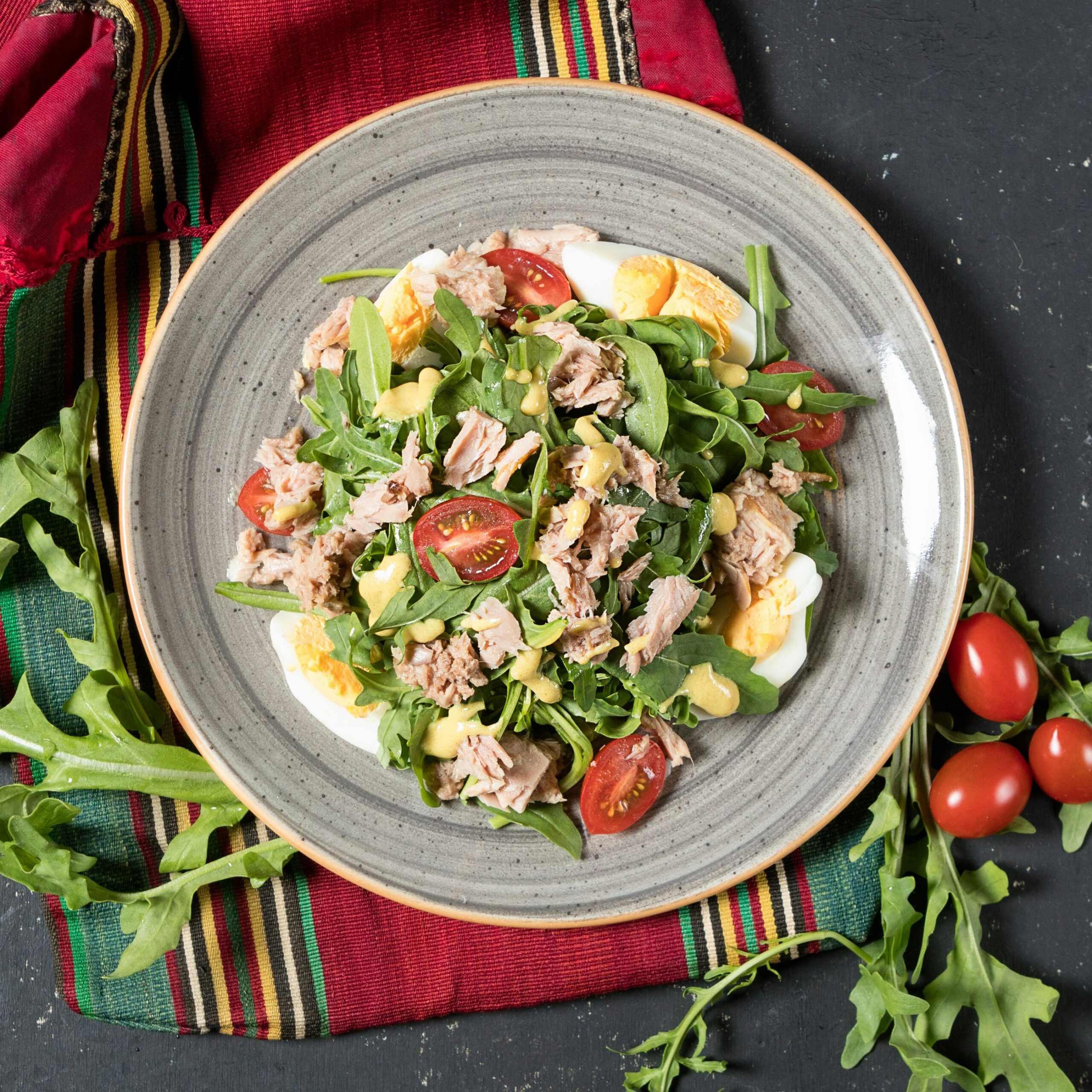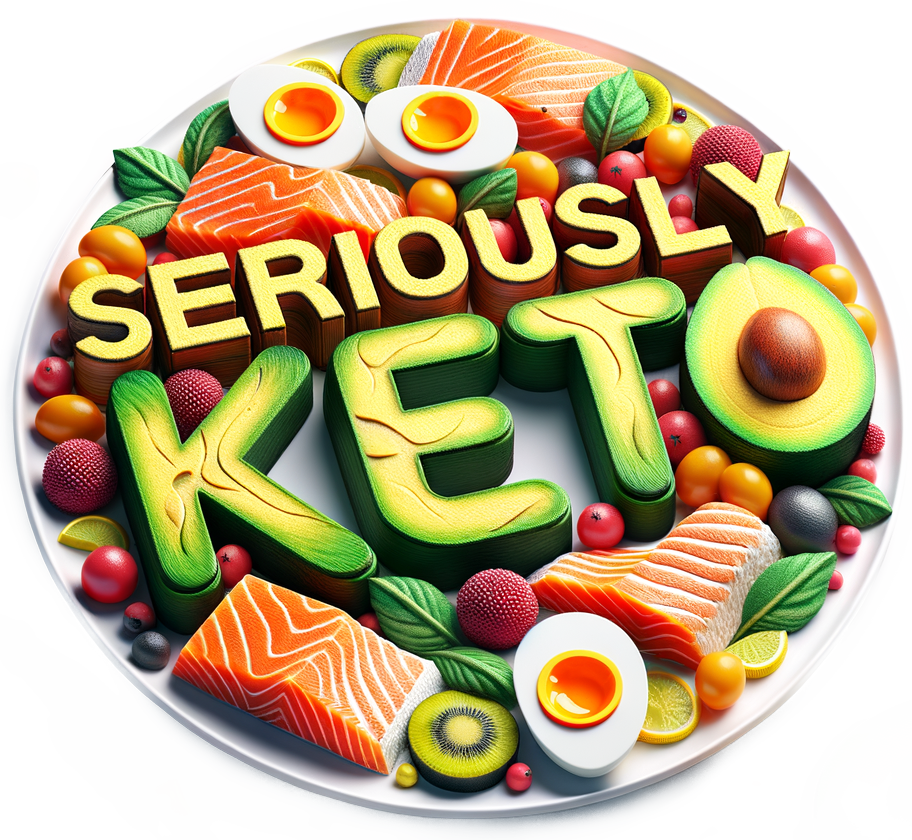If you’ve veered off track from your low-carb diet and want to quickly get back into ketosis, you’re in luck! Finding the right foods to incorporate into your meals can help jumpstart your body’s fat-burning process. By focusing on high-quality sources of healthy fats, protein, and low-carbohydrate vegetables, you can efficiently transition back into ketosis and start reaping the benefits of this metabolic state. In this article, we’ll explore some delicious food options that will support your body’s transition back into ketosis, helping you achieve your health goals in a balanced and sustainable way. So, let’s dive into the world of nourishing, ketogenic-friendly foods and get you back on track!
Understanding Ketosis
What is ketosis
Ketosis is a metabolic state in which your body begins to burn stored fat for energy instead of carbohydrates. When you consume a diet high in carbohydrates, your body typically uses glucose as its primary fuel source. However, when you restrict your carbohydrate intake and consume a higher proportion of fats, your body shifts into ketosis. In this state, it begins to produce ketones, which are molecules derived from fat breakdown, to fuel your body’s energy needs.
Health benefits of ketosis
Embracing ketosis through the ketogenic diet offers several health benefits. Firstly, it can promote weight loss, as your body burns fat more efficiently. This can be especially effective for those looking to lose stubborn belly fat. Ketosis has also been shown to improve insulin sensitivity and blood sugar control, which is beneficial for individuals with diabetes or metabolic syndrome. Additionally, some research suggests that ketosis may have neuroprotective effects and improve mental clarity and focus.
The Ketogenic Diet
Essentials of a keto diet
To achieve and maintain ketosis, it’s important to adhere to the principles of a ketogenic diet. This involves consuming a low-carbohydrate, moderate-protein, and high-fat diet. Typically, the macronutrient breakdown for a keto diet is approximately 70-75% fat, 20-25% protein, and 5-10% carbohydrates. Therefore, your meals should be centered around healthy fats, moderate protein sources, and minimal carbohydrate intake.
Balancing macros in a keto diet
When following a ketogenic diet, it’s crucial to ensure you’re consuming the correct balance of macronutrients. Healthy fats should make up the majority of your caloric intake, as they will provide the energy needed to sustain ketosis. Adequate protein intake is essential for preserving muscle mass, supporting satiety, and promoting overall health. However, excessive protein intake can potentially hinder ketosis, so it’s important to consume moderate amounts. Finally, limiting carbohydrate intake to a range of 20-50 grams per day is crucial for achieving and maintaining ketosis.
Common mistakes on a keto diet
While the ketogenic diet can be highly effective, there are some common mistakes to avoid. One mistake is not consuming enough healthy fats. Since fats are the primary energy source on a keto diet, it’s important to prioritize healthy fats such as avocados, nuts, seeds, and olive oil. Another mistake is consuming too many carbohydrates. Even small amounts of hidden carbs in processed foods or condiments can add up and kick you out of ketosis. Additionally, not monitoring your protein intake or overeating protein can also hinder ketosis. Monitoring your macronutrient intake and staying consistent with your keto diet will help you achieve and maintain ketosis more effectively.

Foods That Trigger Ketosis
Healthy fats
When aiming to trigger ketosis, consuming healthy fats should be a priority. Incorporating fats such as avocados, coconut oil, olive oil, nuts, seeds, and full-fat dairy products into your meals will enhance ketosis. These sources of healthy fats not only provide the energy needed for ketosis but also offer essential nutrients and promote satiety.
Low carb vegetables
Low carb vegetables are a great addition to a ketogenic diet. They are nutrient-dense and provide fiber, vitamins, and minerals while keeping the carbohydrate content low. Examples of low carb vegetables include leafy greens, broccoli, cauliflower, zucchini, and bell peppers. These vegetables can be enjoyed in salads, stir-fries, or roasted as a side dish to complement your meals.
Proteins
Consuming adequate protein is important for maintaining muscle mass and promoting satiety on a ketogenic diet. Good sources of protein include meat, poultry, fish, eggs, and tofu. Opt for high-quality, minimally processed options to ensure you’re getting the most nutritional benefits. Be mindful of not exceeding your protein intake, as excessive protein consumption can potentially hinder ketosis.
Best Drinks for Ketosis
Water
Water is the ultimate beverage for promoting overall health and supporting ketosis. It is essential for hydration and helps maintain proper bodily functions. Staying hydrated also aids in appetite control and can alleviate symptoms of the keto flu, such as fatigue and headaches. Aim to drink at least 8 cups (64 ounces) of water per day, or more if you’re physically active or live in a hot climate.
Bone broth
Bone broth is a nutrient-dense and flavorful beverage that can be beneficial for those following a ketogenic diet. It is rich in collagen, gelatin, amino acids, and minerals. Bone broth contributes to electrolyte balance, supports joint health, and may help reduce inflammation. Enjoy a warm cup of bone broth to add variety to your keto-friendly beverage options.
Unsweetened coffee and tea
Unsweetened coffee and tea are excellent options for maintaining ketosis. They provide a caffeine boost and can help suppress appetite. Opt for black coffee or tea, or add keto-friendly additives such as unsweetened almond milk or a sprinkle of cinnamon for flavor. Just be cautious with sweeteners, as some may contain hidden carbohydrates.

Foods to Avoid
Sugary foods
To stay in ketosis, it’s essential to avoid foods high in sugar. This includes sugary beverages, desserts, candy, and refined sugars. Consuming these foods will spike blood sugar levels and kick you out of ketosis. It’s important to read food labels carefully, as even seemingly healthy options like fruit juices or flavored yogurts can contain hidden sugars.
Starch-rich foods
Starch-rich foods are also best avoided on a ketogenic diet. This includes grains such as rice, wheat, oats, and corn, as well as starchy vegetables like potatoes and sweet potatoes. These foods are high in carbohydrates and can quickly derail your efforts to maintain ketosis. Instead, opt for low carb vegetable alternatives such as cauliflower rice or zucchini noodles.
Processed foods
Processed foods tend to be high in unhealthy fats, added sugars, and hidden carbohydrates. To maintain ketosis and promote overall health, it’s best to avoid processed foods as much as possible. Instead, opt for whole, unprocessed foods such as fresh vegetables, quality meats, and natural fats. Reading labels and avoiding foods with long ingredient lists or artificial additives is a good rule of thumb.
Managing Carbs Intake
Monitoring carbs vs net carbs
To effectively manage your carbohydrate intake on a ketogenic diet, it’s important to understand the concept of net carbs. Net carbs are calculated by subtracting the fiber content from the total carbohydrates. Since fiber is not digested and absorbed like other carbs, it has minimal impact on blood sugar levels and does not hinder ketosis. By focusing on net carbs, you can choose foods that provide more fiber and keep your overall carbohydrate intake low.
Adjusting carbs intake based on physical activity
The amount of carbohydrates you consume can be adjusted based on your physical activity level. If you are highly active or engaging in intense exercise, you may have a higher tolerance for carbohydrates without being kicked out of ketosis. However, it’s important to listen to your body and find the right balance for your individual needs. Experimenting with carb intake and monitoring how it affects your energy levels and ketosis status can help you find the optimal amount.

Intermittent Fasting and Ketosis
The concept of intermittent fasting
Intermittent fasting is an eating pattern that cycles between periods of fasting and eating within a specific window of time. This eating pattern can complement a ketogenic diet by helping to further optimize ketosis and promote other health benefits. During the fasting periods, your body depletes its glycogen stores and starts burning stored fat for energy, which enhances the state of ketosis.
Different types of fasting
There are several different methods of intermittent fasting, including the 16/8 method, the 5:2 diet, and alternate-day fasting. The 16/8 method involves fasting for 16 hours and restricting your eating window to 8 hours each day. The 5:2 diet involves eating normally for five days of the week and restricting calorie intake to 500-600 calories for the remaining two days. Alternate-day fasting involves alternating between days of normal eating and days of reduced calorie intake or fasting.
How fasting enhances ketosis
Fasting can enhance ketosis by depleting glycogen stores and encouraging the utilization of stored fat for energy. When you fast, your insulin levels drop, and your body starts producing ketones to meet its energy needs. This can facilitate a deeper state of ketosis and promote more efficient fat burning. By combining intermittent fasting with a ketogenic diet, you can maximize the benefits of both approaches and further optimize your health and weight loss efforts.
Exercise and Ketosis
The role of exercise in ketosis
Exercise plays a crucial role in supporting ketosis and overall health. Engaging in physical activity can help deplete glycogen stores, increase insulin sensitivity, and promote the utilization of stored fat for energy. Additionally, exercise has been shown to improve mood, enhance cognitive function, and support cardiovascular health. While exercise is beneficial for ketosis, it’s important to note that intense exercise may temporarily raise blood glucose levels. However, this does not necessarily mean you have been kicked out of ketosis, as your body will adapt and return to burning fat for fuel.
Best types of exercise for ketosis
Various types of exercise can support ketosis and overall health. Aerobic exercises such as walking, jogging, cycling, or swimming can be effective in burning calories and promoting fat loss. Resistance training, such as weightlifting or bodyweight exercises, can help build lean muscle mass and improve body composition. High-intensity interval training (HIIT) is another effective exercise strategy for enhancing fat burning and improving cardiovascular fitness. Ultimately, the best type of exercise for you is one that you enjoy and can commit to consistently.
Meal Planning for Ketosis
Creating a meal plan
Creating a meal plan is key to successfully follow a ketogenic diet and maintain ketosis. Start by calculating your macronutrient needs based on your goals and activity level. Then, choose a variety of keto-friendly foods that meet your requirements for fat, protein, and net carbs. Plan your meals and snacks in advance to ensure you have nutritious options available and minimize the temptation to deviate from your diet. Prep your ingredients and meals ahead of time to save time and make sticking to your meal plan easier.
Keto-friendly recipes
There are countless delicious recipes that can be enjoyed on a ketogenic diet. From hearty meals like bacon-wrapped chicken thighs with roasted vegetables to satisfying desserts like chocolate avocado mousse, you can find a wide range of keto-friendly options. Incorporate a variety of proteins, healthy fats, and low-carb vegetables into your meals to keep things interesting and ensure you’re getting all the necessary nutrients.
Meal prep tips
Meal prepping is a fantastic tool to help maintain ketosis and save time during the week. Set aside one day each week to prepare your meals and snacks in advance. Cook large batches of proteins and vegetables, portion them into individual servings, and store them in the refrigerator or freezer. Having prepped meals on hand makes it easier to stick to your keto diet, even when life gets busy.
Monitoring Ketosis Level
Signs of ketosis
There are several signs that indicate you may be in ketosis. One of the most common signs is the presence of acetone breath, which can smell fruity or resemble nail polish remover. This occurs due to the increased production of ketones. Other signs include reduced appetite, increased energy, improved mental clarity, and weight loss. Additionally, you can use ketone urine strips or blood monitors to measure the ketone levels in your body.
Using ketosis strips
Ketosis strips, also known as keto strips or ketone urine strips, are a common tool used to measure ketone levels. These strips work by detecting the presence of ketones in your urine. Simply urinate onto the strip, wait for a few seconds, and compare the color change to the provided chart. While ketosis strips can provide an estimate of your ketone levels, they are not the most accurate method. Keep in mind that as your body adapts to the ketogenic diet, ketone levels may vary.
When to seek medical advice
While the ketogenic diet can be safe and effective for most individuals, there are certain instances where seeking medical advice is warranted. If you have any existing medical conditions or are taking medications, it’s important to consult with your healthcare provider before starting a ketogenic diet. Additionally, if you experience severe symptoms such as persistent nausea, dizziness, extreme fatigue, or rapid weight loss, it’s advisable to seek medical advice. Your healthcare provider can help determine the best course of action and ensure your health remains a top priority while following a ketogenic lifestyle.
By understanding ketosis, following a well-balanced ketogenic diet, incorporating ketosis-triggering foods and drinks, avoiding certain foods, managing carbs intake, utilizing intermittent fasting, incorporating exercise, and practicing meal planning and monitoring, you can successfully achieve and maintain ketosis. Remember to listen to your body, adapt your approach as necessary, and consult with a healthcare professional if needed. Embrace the journey towards a healthier you through the power of ketosis!

